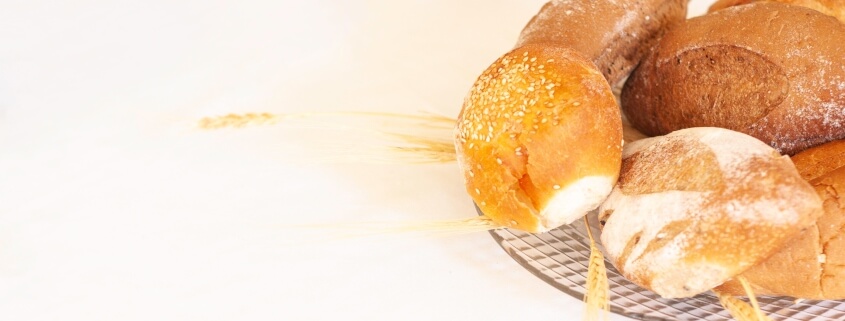As the days get shorter and the temperature drops, you may find yourself opting for more yeast-based foods than usual. Warm pastries are especially common cravings when it’s cold outside. But it can be dangerous for those with a yeast allergy. Common foods that we all enjoy such as; bread, cakes, pastries, cereals and the vinegar you put on your fries all contain yeast.
It’s important to note that yeast allergy is not the same as coeliac disease (or gluten intolerance). Coeliac disease is often confused with a yeast allergy. Gluten intolerance, due to celiac sprue, is an autoimmune disease, as opposed to an allergy. Gluten is a mixture of proteins, found in grains such as wheat, rye, and barley. It’s often added to processed foods while a yeast allergy is an immune response to yeast specifically, and not an autoimmune disease caused by gluten.
Symptoms of Yeast Allergy
Symptoms of a yeast allergy can vary from person to person, but can include one or several of the following:
- abdominal swelling
- breathing difficulties
- dizziness
- joint pain
If you notice these symptoms shortly after or immediately upon consuming yeast containing foods, then it’s a good idea to get tested for yeast allergy. An allergy test can help clear up whether it’s the yeast or some other ingredient causing your adverse reaction.
Which foods contain Yeast?
It may surprise you just how common yeast is. There are a lot of foods in the typical western diet that contain yeast. Such as;
- aged meats and olives
- alcohol, especially beer, wine, and ciders
- anything that has been opened and stored for an extended period
- blackberries, grapes, strawberries, and blueberries
- buttermilk, synthetic cream, and yoghurt
- cereal products
- citric acid
- dried fruits
- fermented foods such as ripe cheeses and sauerkraut
- most bread
- mushrooms
- premade stocks, stock cubes, and gravies
- some baked goods, such as muffins, biscuits, croissants, or cinnamon rolls
- soy sauce, miso, and tamarind
- tofu
- vinegar and foods containing vinegar, such as pickles or salad dressing
It turns out that bread isn’t totally off the table. If you suffer from a yeast allergy, you can still enjoy bread and pizza by following yeast-free recipes. There are loads of recipes available for you to try out. Be careful this winter as you become surrounded by more and more yeast-containing foods.


